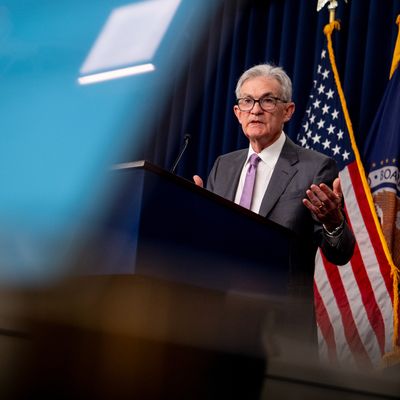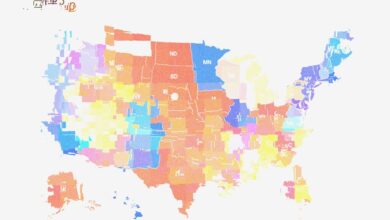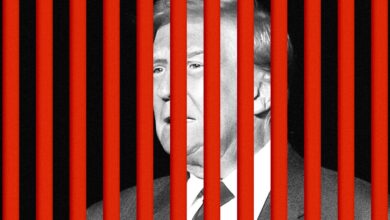

Photo: Andrew Harnik/Getty Images
This was the summer that just about everything in the economy turned out to be all right, but it almost didn’t happen.
Memorial Day weekend was a time of gloom, at least for economists. Rising unemployment and zombie inflation brought up the serious possibility that the economy could relive the stagflation nightmares of the of the Jimmy Carter era. Larry Summers had predicted that the Federal Reserve would have to hike interest rates even more, and the bond markets were starting to take that seriously. Jerome Powell, the chair of the Fed, wore a dour face at a press conference. Pessimism had once again become the reigning mood in the markets, and it looked like 2024 was going to be another year to write off.
By Friday, just days after the Labor Day weekend that is the unofficial end of summer, it was clear that inflation has effectively become yesterday’s problem, and some prices have even started to fall. Wages are still rising faster than the cost of most goods and services. Mortgage rates have fallen to their lowest point in more than a year. The Fed has essentially moved on to worrying about whether it is going to cut interest rates by a small amount or by a slightly larger amount. If there is a weak spot, it is unemployment, which has risen to 4.2 percent from a low of 3.4 percent last April. “We seem to be in this spot where the pre-COVID normal is within reach, but to get there we’ve had to really hammer the job market,” said Callie Cox, chief market strategist at Ritholtz Wealth Management.
In one sense, if there was an economic miracle, it is what has happened inside the head of Powell. The nation’s financial state is not exactly clear-cut, and whether you think it’s booming or flailing can depend on which presidential candidate you’re listening to. Powell has been taking a wait-and-see approach for far longer than most on Wall Street, which was ready to declare inflation dead last year. What Powell has repeated, mantralike, over the course of this year, was that he wanted more. More evidence that inflation was going down. More signs that the economy would not heat back up again if rates went down. How much more, he didn’t say.
Then, on August 23, Powell had seen enough. “The time has come,” he said during a speech in Jackson Hole. Technically, what he meant was that it was time to start cutting interest rates. But embedded in that was a bigger change: It was time to start seeing the economy differently. Stubbornly high housing costs — particularly a measurement called owners’ equivalent rent — finally started to ease. “This summer was when that proof through rents and OER really showed up,” Cox said. The economy started to look normal-ish in June. By July, it was clear that Powell needed to ease up on rates sooner rather than later. When stock markets suddenly cratered in August — before snapping back — traders were predicting relief in the form of an emergency rate cut. (That turned out to be a fantasy.) The Fed, which has a dual mandate of keeping inflation low and employment high, was switching gears to worrying about the rising number of jobless claims.
This leads to Friday, when the Labor Department released a mixed bag of a jobs report for August, showing that the unemployment rate held steady even as fewer people had actually gotten hired last month. The inflation report next week is expected to be tame. The Fed will likely decide on September 18 to cut by half a percentage point, or a quarter of a point — evidence that it was truly a brat summer for the American economy. “Mr. Powell,” one can fantasize the Fed press corps asking the chairman, “as your expectations for inflation were coming down, were you bumpin’ that?” Either way, it’s a good sign that the pandemic-induced era of inflation is over, for better or for worse. “If you ask the average American, they’d say the job market feels worse than it has in years, but their expectations for the future are a little brighter because the inflation crisis is healing,” Cox said.
Source link




